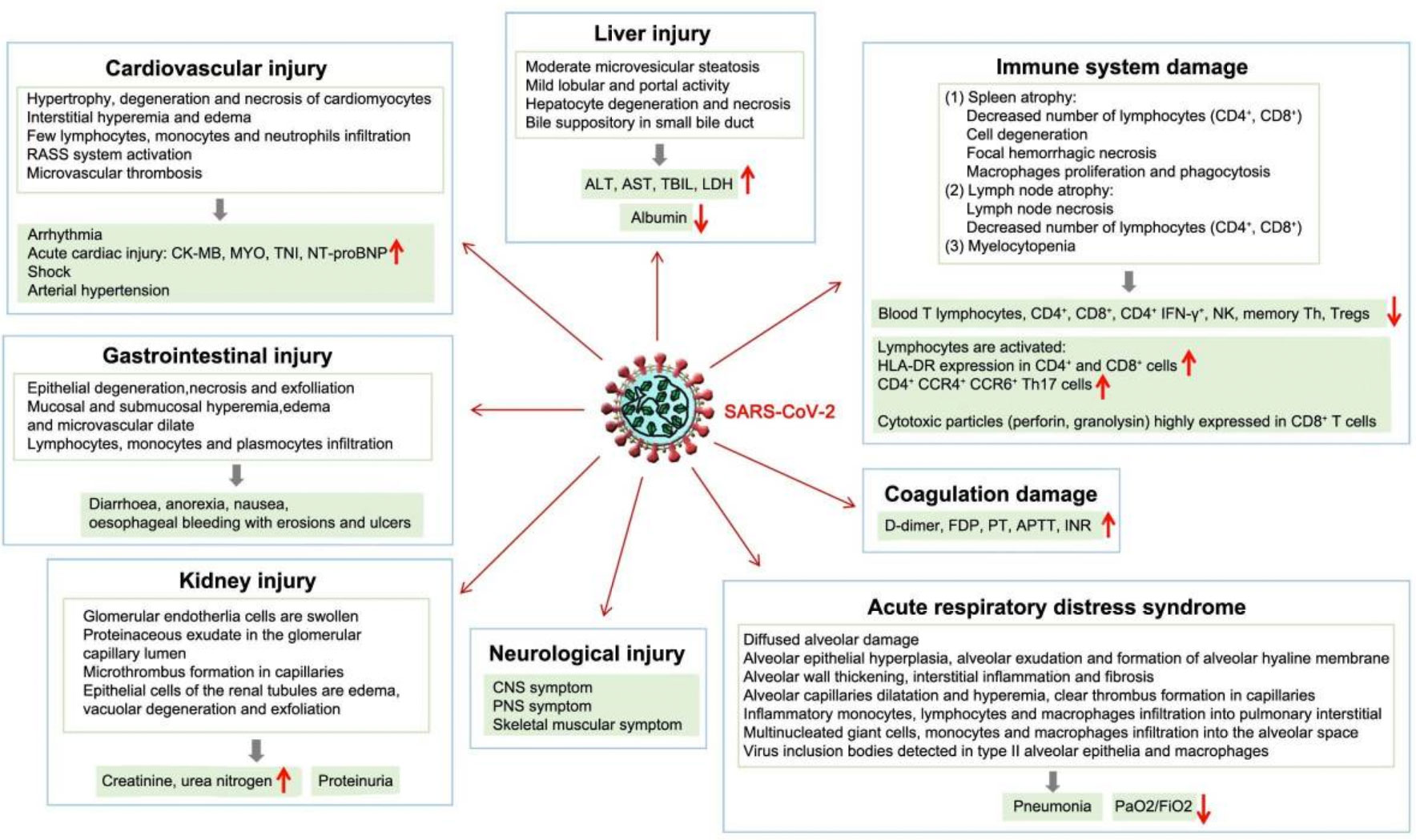As of April 15, 2020, the ongoing coronavirus disease 2019 (COVID-2019) pandemic has swept through 213 countries and infected more than 1,870,000 individuals, posing an unprecedented threat to international health and the economy. There is currently no specific treatment available for patients with COVID-19 infection. The lessons learned from past management of respiratory viral infections have provided insights into treating COVID-19. Numerous potential therapies, including supportive intervention, immunomodulatory agents, antiviral therapy, and convalescent plasma transfusion, have been tentatively applied in clinical settings. A number of these therapies have provided substantially curative benefits in treating patients with COVID-19 infection. Furthermore, intensive research and clinical trials are underway to assess the efficacy of existing drugs and identify potential therapeutic targets to develop new drugs for treating COVID-19. Herein, we summarize the current potential therapeutic approaches for diseases related to COVID-19 infection and introduce their mechanisms of action, safety, and effectiveness.
Coronavirus disease 2019 (COVID-2019), which is caused by severe acute respiratory syndrome coronavirus 2 (SARS-CoV-2) emerged in Wuhan, China in December 2019 and has spread rapidly across the world due to its high transmissibility and pathogenicity. SARS-CoV-2 is a distinct clade of beta coronaviruses encompassing severe acute respiratory syndrome coronavirus (SARS-CoV) and Middle East respiratory syndrome coronavirus (MERS-CoV) . Although most cases of the disease caused by most pathogenic coronaviruses are mild , the SARS-CoV and MERS-CoV outbreaks in 2002 and 2012, respectively, demonstrated their high lethality...Continue Reading

US National Library of Medicine
National Institutes of Health

